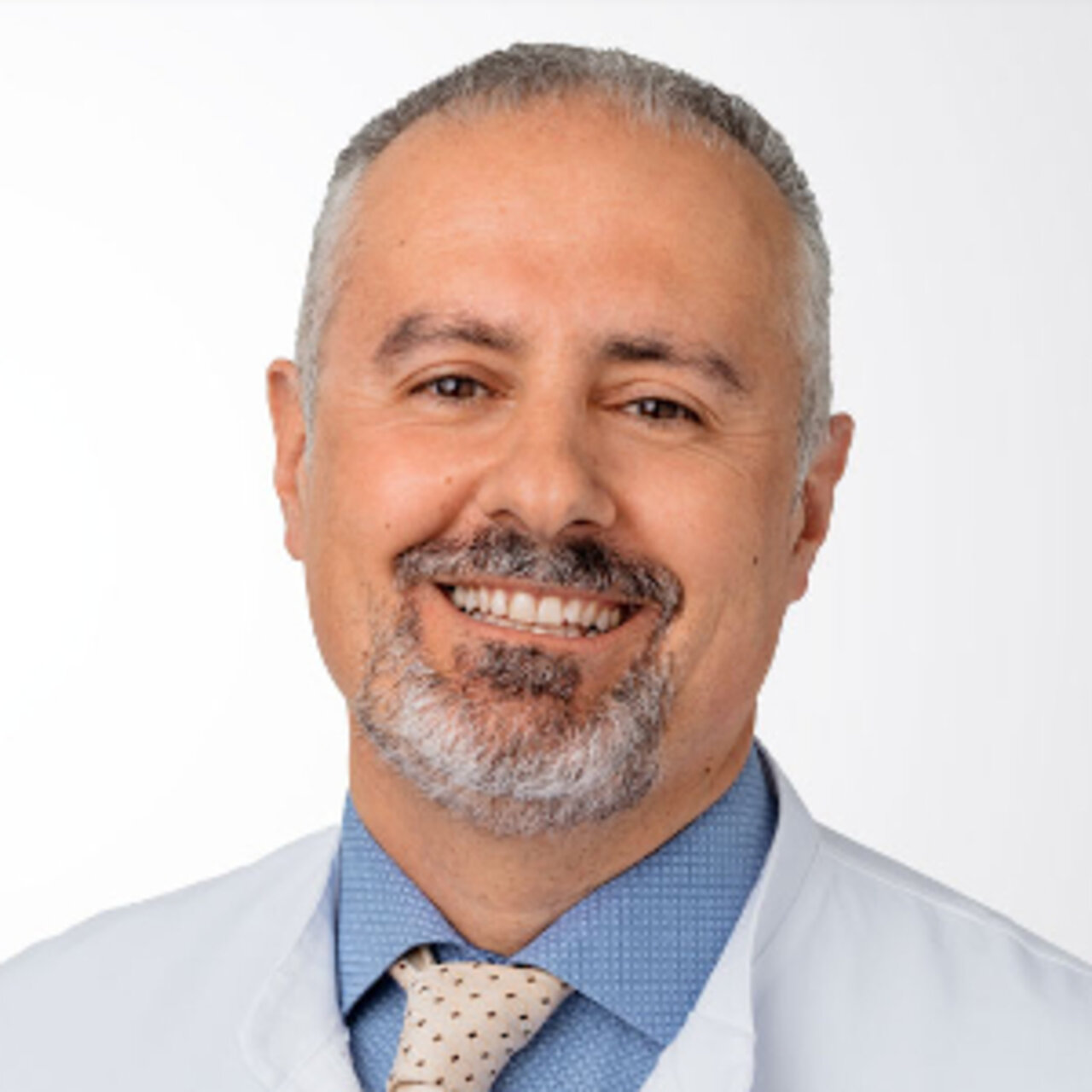Specialists in Sacroiliac Joint Syndrome
8 Specialists found
Information About the Field of Sacroiliac Joint Syndrome
What Is Sacroiliac Joint Syndrome?
The sacroiliac joints (ISGs) connect the two ilia and the sacrum. It, therefore, represents the connection of the trunk/spine to the lower extremities and has only a minimal range of motion of a few millimeters. A robust capsular ligamentous apparatus stabilizes it. The joint space can be palpated to the left and right of the coccyx at the junction to the pelvis.
ISG syndrome is a collective term for all pathological changes in this area. Patients usually report pain and/or feelings of blockage in the lower back and pelvis. In addition, groin pain and also spreading into the thigh are described.
Causes and Symptoms
As a result of trauma, overuse, or chronic misuse of this region, dysfunction of the ISG can occur. A loss of joint stability accompanies this. Causes may include minor damage to the articular cartilage, capsular ligamentous apparatus, or surrounding musculature the patient suffered. Malposition, such as leg length differences, can also lead to overuse of the ISG.
Typical symptoms include pain in the lumbar-pelvic region, groin area, and even spreading into the thighs. A feeling of blockage or inability to perform some movements can also occur. Many patients describe continuous pain, acutely intensified by prolonged sitting, standing, or specific movements.
If patients suffer from a rheumatic disease such as ankylosing spondylitis, a risk factor that often leads to degenerative inflammatory changes in the sacroiliac joints.
Pregnant women also often represent a particular patient group since hormonal changes and weight gain lead to increased ISG stress. Usually, however, the symptoms disappear after childbirth.
How Is Sacroiliac Joint Syndrome Diagnosed?
Medical professionals use various diagnostic procedures to determine whether the cause of symptoms, such as pain and restricted movement, can be traced back to the ISG.
If pain occurs after falls or accidents, imaging such as X-rays or CT scans is carried out to exclude bone fractures.
Most patients experience symptoms that begin spontaneously or are unrelated to direct trauma. Therefore, physicians initially carry out manual joint testing. Through these ISG provocation tests, the mechanical dysfunction of the joint is determined if several are positive in these tests, ISG involvement in the symptoms.
To confirm the diagnosis, specialists ultimately use diagnostic infiltrations. This involves injecting a locally effective anesthetic (procaine, lidocaine) into the joint under imaging, similar to what patients are familiar with from the dentist. If a positive effect, in the sense of pain reduction, can be observed in the patient after repeated injections, it is considered very likely that the cause has been found. An experienced specialist should only perform the procedure to obtain a reliable diagnosis.
Overall, it can be said that the precise diagnosis of ISG syndrome is not explicitly possible from a scientific point of view. Since both anatomically neighboring areas, such as the lumbar spine or the individual pain processing of each patient, can exert a significant influence.
ISG Syndrome Treatment
Conservative Therapy
Almost all diagnosed ISG syndromes can be well treated conservatively. In an acute case, physicians first prescribe pain medication to regain a typical movement pattern as quickly as possible, and pain does not become chronic. Heat applications can also have a pain-reducing effect.
As the condition progresses, manual techniques such as mobilization or joint manipulation are recommended to restore optimal joint function. Physical training, such as strength training, is also strongly recommended to strengthen the surrounding muscles and stabilize the lumbar-pelvic region. This will also significantly reduce the risk of recurrence.
From the physician's side, infiltration of the ISG with local painkillers or cortisone by injection can also be carried out. This should be done under imaging monitoring so that the localization can take place exactly.
Sacroiliac Joint Surgery
Surgery on the ISG is always the last choice of treatment and is usually preceded by several unsuccessful attempts of conservative therapy. However, surgical stiffening can be performed if the patient suffers from very severe pain and the affected joint is already worn out as part of an ISG osteoarthrosis. In this case, the sacrum and ilium joint surfaces are fused by the surgeon using titanium rods in an arthroscopic surgery (keyhole technique). In this way, movement is no longer possible, and pain is eliminated.
Which Doctors and Clinics Are Specialized in Sacroiliac Joint?
Affected patients with pain in the lower back, pelvic area, which is sometimes spreading into the thigh, should primarily contact specialists in the musculoskeletal system. These are orthopedics and trauma surgery specialists, sports medicine specialists, or orthopedic rheumatologists. Patients can also be recommended a center for back and pain medicine. If surgery is an option, a neurosurgical center can also be consulted.
We can help you find an expert for your condition. All listed physicians and clinics have been reviewed by us for their outstanding specialization in ISG syndrome and are awaiting your inquiry or treatment request.
Sources:
Diagnose und Therapie des „Iliosakralgelenk-Syndroms“, Mohadjer (2008)
www.ncbi.nlm.nih.gov/pubmed/29303472
Prometheus Anatomie, Thieme Verlag
Orthopädie und Unfallchirurgie, Thieme Verlag







